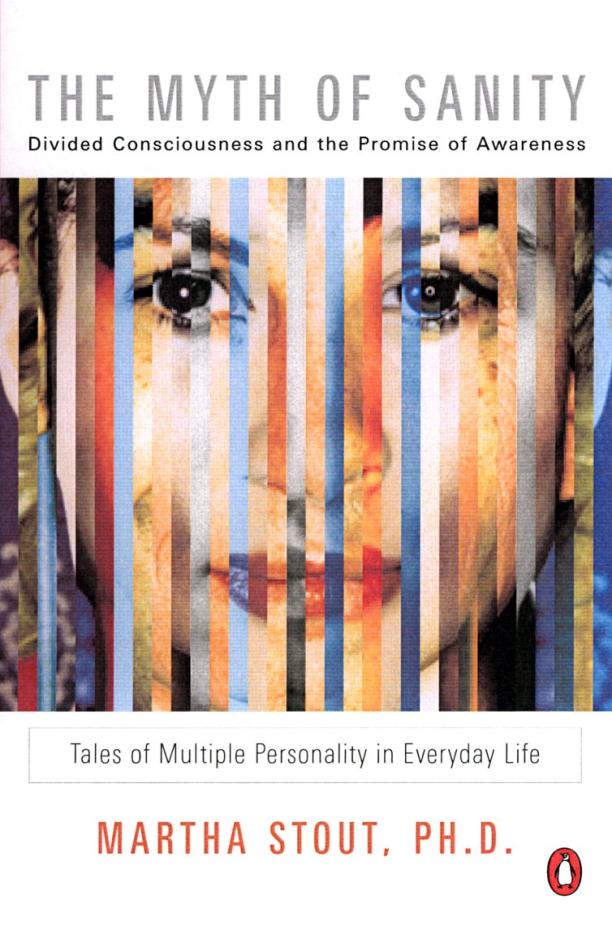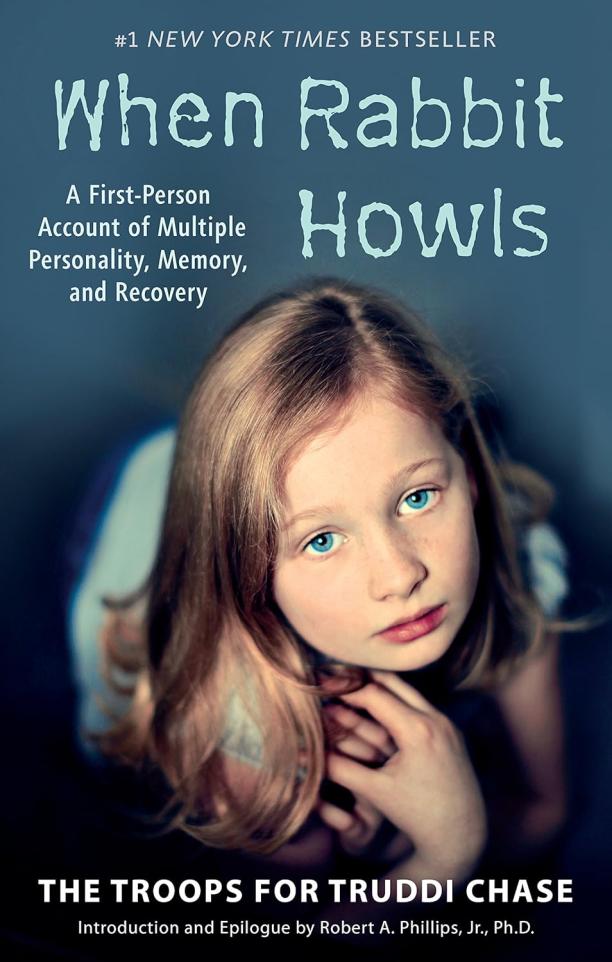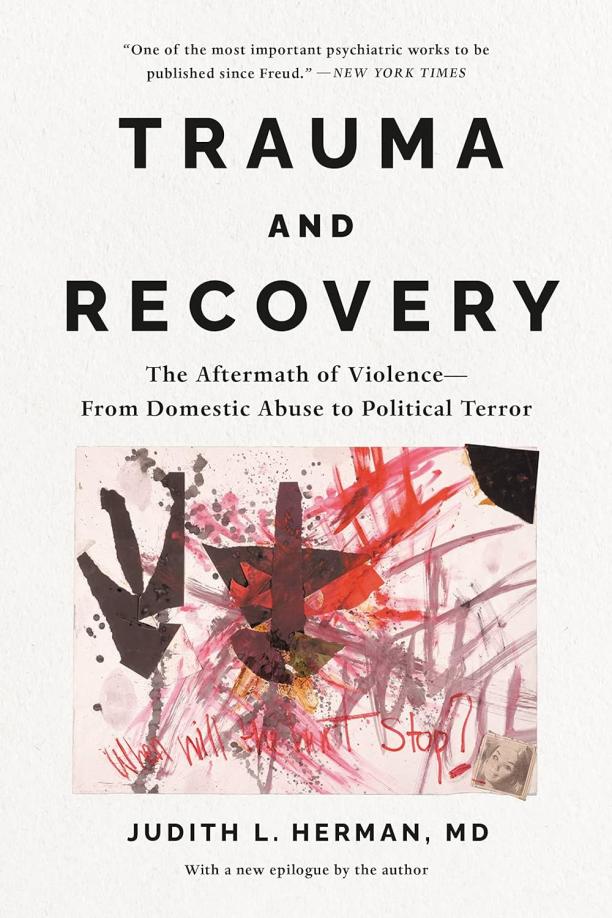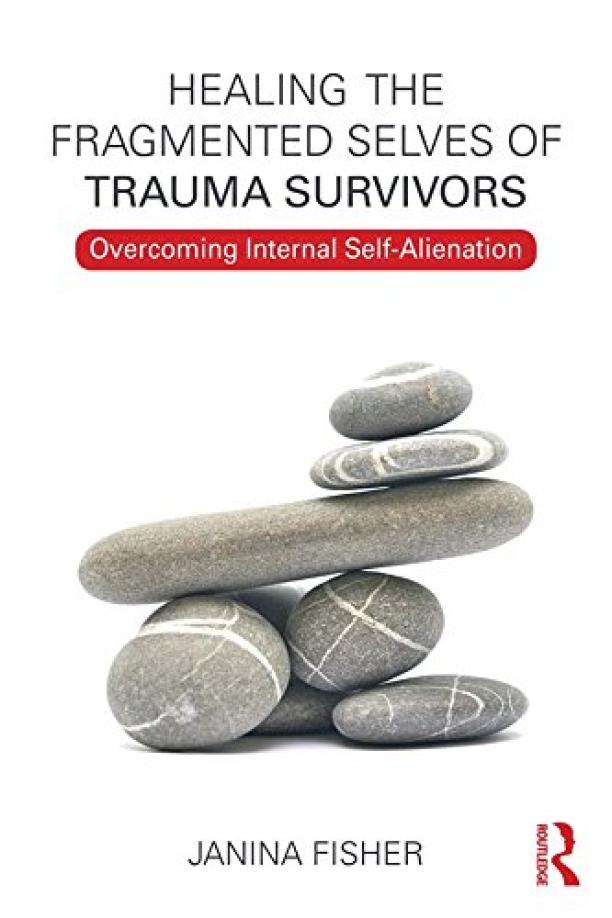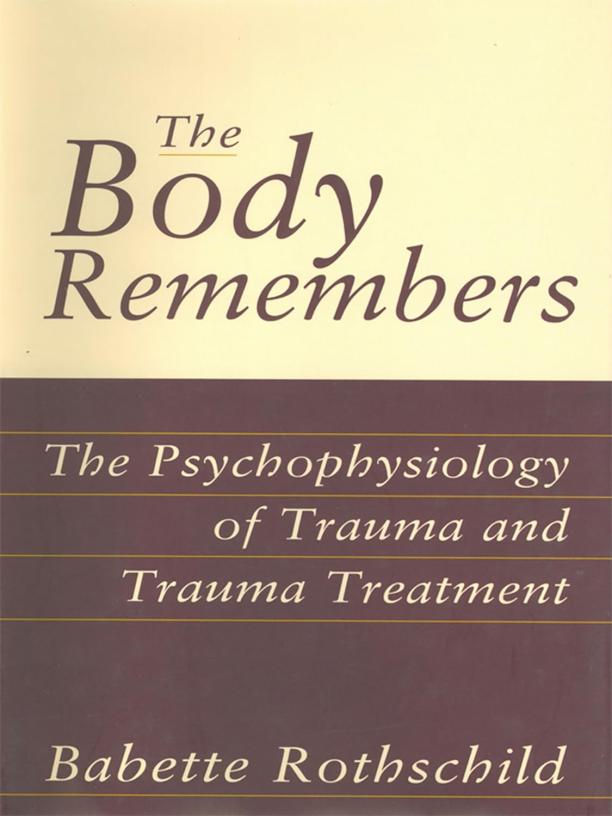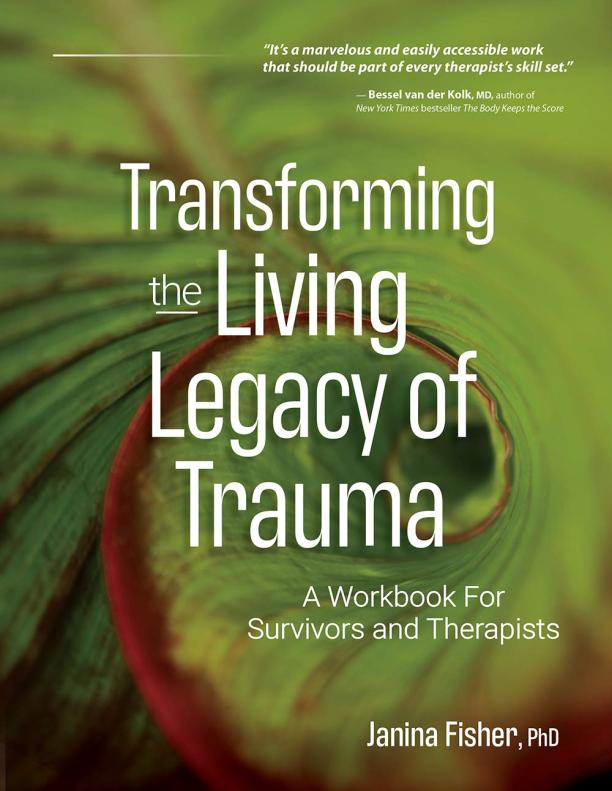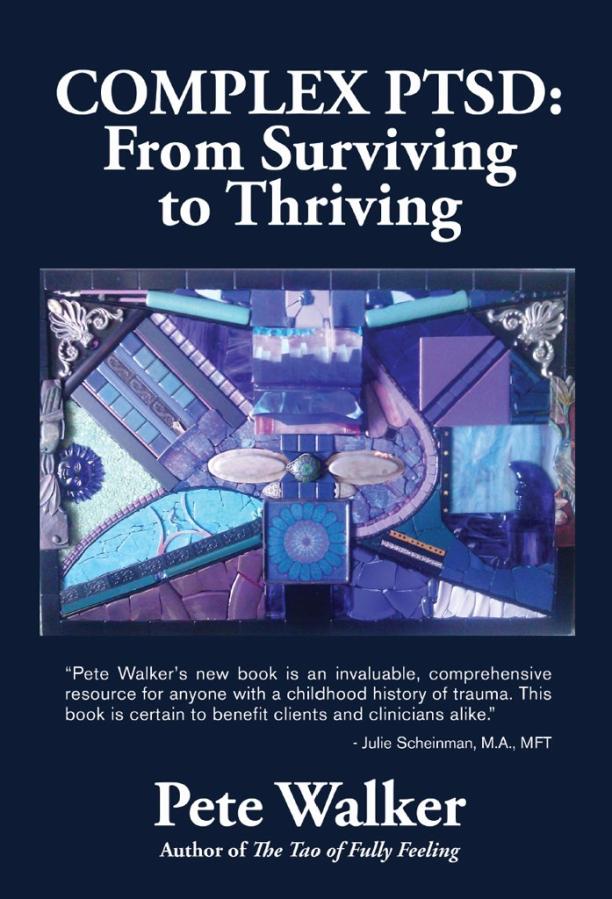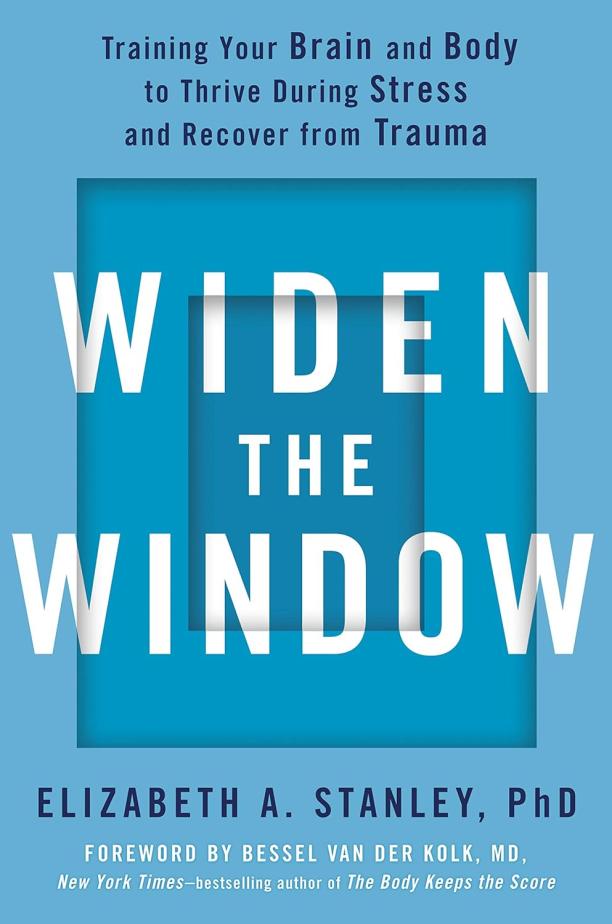Summary:
The book explores the concept of dissociation and the ways in which individuals compartmentalize traumatic experiences to maintain a facade of normalcy. It delves into case studies and psychological theory to illustrate how common and potentially harmful this defense mechanism can be, while also offering insights into achieving greater self-awareness and healing.
Key points:
1. Divided Consciousness: Martha Stout describes how our minds can separate experiences, especially traumatic ones, to protect ourselves. This can cause dissociation, where we feel disconnected and have a fragmented reality.
2. Dissociation Spectrum: Stout notes that dissociation ranges from daydreaming to severe conditions like DID. It's a normal defense that can become problematic if it's intense and disrupts life.
3. Trauma's Impact: The book highlights that trauma, particularly in childhood, can lead to divided consciousness as a way to cope, resulting in memory issues, identity confusion, and emotional numbness.
4. Awareness is Key: Stout stresses the need to recognize and understand our dissociative moments to start healing.
5. Healing Process: Stout recommends therapy and self-awareness to process trauma and unify our sense of self, highlighting the chance for recovery with the right support.
